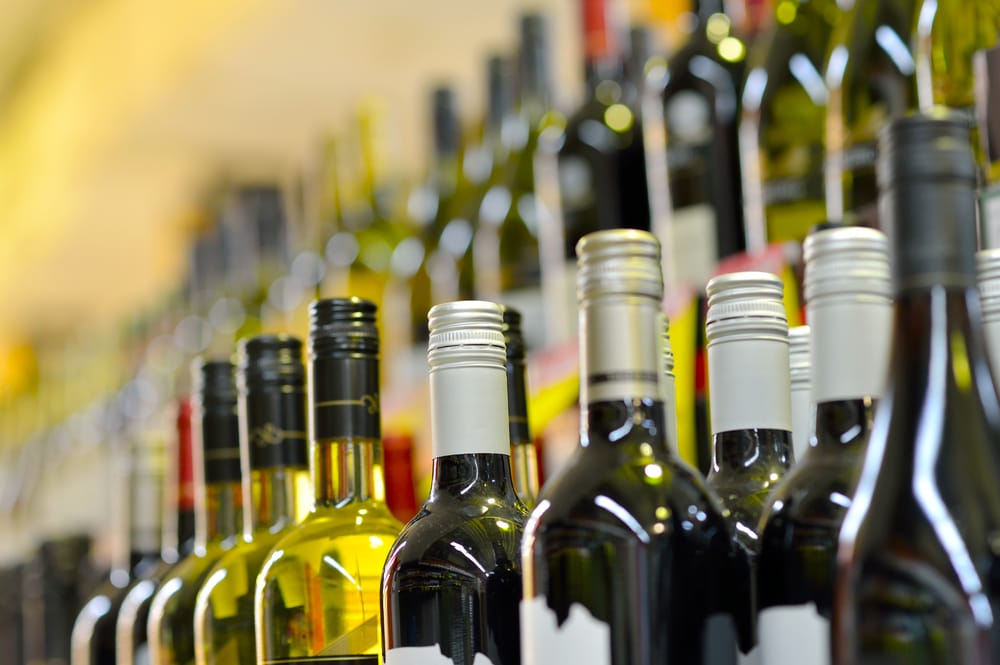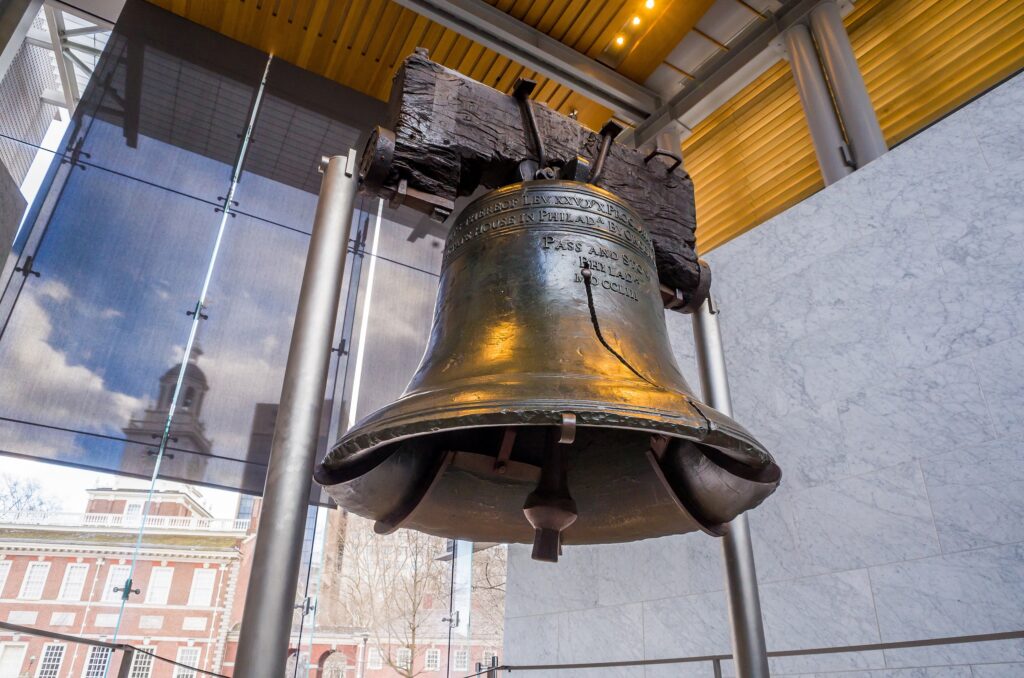The Washington Post’s ‘Reefer Madness’ campaign against booze
I enjoy Christopher Ingraham’s writing for The Washington Post. His WonkBlog posts are data-heavy, which makes them interesting.
Like Ingraham, I have serious concerns about America’s long war on drugs. It strikes me as a losing battle, seeing as it is very hard to stop people from taking intoxicants that are so easy to produce. Worse, the war on drugs has encouraged law enforcement to undertake militaristic measures to thwart the illicit drug trade; measures like raiding individuals’ homes – then shooting their dogs and refusing to give back their property. Or sometimes even killing innocent people.
Intoxicants are like any other product, in that markets exist for them. Prohibition fosters illicit markets, which are highly profitable and therefore very violent. (Drug gangs slaughter other drug gangs to control market-share. Fast food companies do not.)
So, kudos to Ingraham for using data to make the case that American drug policy needs rethought. But for reasons unclear to me, Ingraham has started a war on alcohol. This past December, he wrote in a WonkBlog column:
In recent years, public health experts have focused extensively on overdose deaths from heroin and prescription painkillers, which have risen rapidly since the early 2000s. But in 2014, more people died from alcohol-induced causes (30,722) than from overdoses of prescription painkillers and heroin combined (28,647), according to the [Centers for Disease Control and Prevention].
Wow. Now, that is a bogus comparison. The number of people who consume alcohol is many times the number of people who take prescription painkillers. Perhaps seven in 10 Americans have consumed a beer, wine or spirits in the past year. Have seven in 10 popped OxyContin or some such opioid? Clearly not.
The column’s title, by the way, carries the clickbait scare title: “Americans are drinking themselves to death at record rates.” In fact, the numbers he cites show that just 9.6 out of every 100,000 Americans (0.0096 percent) had an alcohol-caused death. Regrettably, Ingraham does not explain to readers that it is very tough to put a clear number on alcohol deaths. CDC data do not only list alcohol poisoning and cirrhosis. Rather, the data list things like “firearm injuries,” suicides, car crashes and other misadventures whose causal connections to drink are less than clear.
Remarkably, citing these CDC data, Ingraham proclaims: “The United States is experiencing an epidemic of drug overdose (poisoning) deaths.” The CDC research on alcohol cited by Ingraham, meanwhile, does not say America has an alcohol epidemic.
This past week, Ingraham unleashed another assault on alcohol. “America’s biggest drug threat is 100 percent legal” begins with prose reminiscent of the pamphlets put out by early 20th century Prohibitionists:
America’s communities are besieged by a highly dangerous, addictive drug. Its users can become agitated and violent, harming themselves and family members. It’s incredibly toxic and even lethal at high doses. Many people who start abusing it are unable to quit. It’s responsible for nearly 90,000 deaths each year. And in a new survey, more than three-quarters of Americans identified it as a serious problem in their community. I’m talking, of course, about alcohol.
It is a methodologically fallacious bit of work. Ingraham relies on a survey by The Associated Press and the University of Chicago’s National Opinion Research Center of individuals’ views on a variety of alcohol-related topics to assert that phenomenon is, in fact, occurring. If the AP-NORC researchers had sought to ascertain how dangerous the American public feels any particular intoxicant is, then this is the question to ask:
“If someone you love wished to try an intoxicating substance, which of these substances would you suggest he/she try first: an alcoholic beverage, marijuana, heroin, cocaine, methamphetamine or some other substance.”
Plainly, many if not most people would not pick hard drugs as their first choice. They might not even put pot before alcohol. The survey data Ingraham cites notes many marijuana-legalization advocates say they would want restriction on how much weed one could buy or limit purchasers to individuals with a medical prescription. Such restrictions do not exist on buying alcoholic beverages. The AP-NORC survey, it is worth adding, also reflects the predominance of alcohol in American life. It is consumed openly everywhere, whereas use of hard drugs is less obvious and common.
Astonishingly, Ingraham throws in this bizarre claim about the perils of Demon Drink:
The difference between an ‘effective dose’ and a ‘lethal dose’ of alcohol (e.g., the difference between ‘buzzed’ and ‘dead’) is small.
That’s just silly. Overdosing on alcohol is very difficult to do. It’s not as if one has two glasses of wine and drops dead after the third. Binge-drinking deaths require ingesting huge doses of alcohol rapidly. This is why the CDC data show so few deaths from alcohol poisoning. Meanwhile, it’s easy to overdose on heroin (though admittedly, weed…not so much). Science, as nearly everyone knows, has found health benefits to moderate consumption of alcoholic beverages. No studies I have found declare that methamphetamines have any salubrious effects.
All in all, I get that Ingraham feels the war on drugs is inane and the government’s demonization of drugs is bad, but making spurious and hyperbolic claims about alcohol does little to advance the cause.








